By avoiding these top beginner gardening mistakes, you will be well on your way to creating the garden anyone would be proud of.
This post may contain affiliate links at no additional cost to you. By making your purchases through the links on this website, IMSL may make a small percentage at no direct cost to you. IMSL only promotes products we use & truly believe in. Please refer to my Privacy & Disclosures for further information. IMSL thanks you for your support!
So you’re thinking of planting a garden! YAY!!! Doesn’t matter what kind, vegetable garden, herb garden, flower garden, medicinal garden, ornamental garden, they all have one thing in common. Especially for beginners.
The potential for “garden failure”. Any gardener, old or new, master gardener or just beginning, will tell you, gardening mistakes are only opportunities for learning. It’s part of the “growth” 😉
However, I am here to tell you, it doesn’t take the sting out of massively failing. Lesson’s be darned. Failing is discouraging. Period.
Let these top beginner (or any level of gardening for that matter) gardening mistakes to avoid help guide & prepare you in your gardening adventures.
HAVE YOU DONE YOUR GARDEN RESEARCH?
This may be the biggest question any beginner gardener should ask. Have you done all the research necessary to create a successful garden BEFORE you make the trek to the local nursery and buy all those gorgeous plants? Only to realize your disastrous gardening mistake later on?
Researching, asking questions, joining your local garden club or an online garden group like our own Organically Rooted Garden Group, can and will make all the difference in helping to answer questions and lay the groundwork needed to create a success growing season.
After all, where else can you pick the brain of a multitude of gardeners, many master gardeners themselves, for free 😉 Click the image below to join today.
So let’s make the research a bit easier for you & take some guesswork out of starting that garden successfully with what we consider the most common beginner gardening mistakes.
TOP BEGINNER GARDENING MISTAKES TO AVOID
The old adage “an ounce of prevention is worth a pound of cure” certainly holds true when it comes to gardening.
I cannot tell you how many times “I wish I had” has popped into my head when I’m in my garden. Having worked out most of the kinks & the “I wish(es)” over the years, here is my list of considerations any gardener should heed.
Of course, these tips are dependent upon your growing zone and location. Knowing your gardening zone is key to growing a successful garden.
GARDENING MISTAKE #1 – CHOOSING THE WRONG LOCATION
Choose your location wisely. Spend time in the space you are hoping to create the garden. Get to know it. Know it well. A few considerations for location are…
DOES THIS AREA RECEIVE DIRECT SUNLIGHT?
Which direction is this space getting the sunlight from? Typically a south or southwest facing location will receive the most hours of direct sun (8+ hours here in the northern hemisphere) and would suit well for most vegetable, herb, and sun-loving flowers & perrenials.
There are always exceptions, however. How much sun each day does this are receive? Are there any buildings, tree’s, or other obstacles that may block the sun now or in the future? Can these obstacles be altered or moved? Or are they permanent?
Understanding what the sunlight requirements on your garden plant labels or seed packets truly mean can help when determining the placement of your garden space.
DECIPHERING SUNLIGHT REQUIREMENTS ON PLANT LABELS
The following is an easy chart showing approximations for sun requirements on labels.
| AMOUNT OF SUNLIGHT | REQUIREMENT |
|---|---|
| Full Sun | A minimum of 6 hours of full, direct sunlight |
| Partial Sun | 3-6 hours of sunlight, preferrably morning & early afternoon |
| Partial Shade | 3-6 hours of sunlight, preferrably with mid-day sun relief |
| Full Shade | Less than 3 hours of direct sunlight, filtered sun throughout the day thereafter |
Planting a vegetable, such as zuchinni, that requires full sunlight (6+ hours) cannot be expected to grow prolifically when your garden space is in partial shade conditions (3-6 hours).
DOES YOUR GARDEN SPACE HAVE WATER ACCESS?
We all know that to garden means to water. If you choose a space that does not have convenient access to a water source, it could mean hauling it. Not something I would recommend 😉
If you are wanting to grow vegetables and the only space you have with the appropriate amount of sun does not have access to water, it may mean running a new water line close to the garden, installing rain buckets (I highly recommend anyway) or running a long hose from your closest spigot.
IS YOUR GARDEN SPACE CONVENIENT?
What do I mean by convenient? I mean is it in a spot that you see every day. A spot that you notice when it needs tending, watering, and weeding. A spot that you will readily visit each and every day to assess it’s needs?
It can be very easy to ignore or put off a chore that you know needs completing when you don’t see it every time you step out of the house.
Is there a space where you can plant items you use often such as herbs, and some vegetables that you harvest & use often? Doing so will make the often used items much more convenient to harvest. Maybe in containers, or a small area near your kitchen, thus the kitchen garden was born 🙂
Consider the uses your garden will have, the “convenience requirements” you may need to think about, and the garden’s purpose. The more you contemplate all aspects of your garden, the more likely it will be convenient for you to use to it’s fullest.
GARDENING MISTAKE #2 – SOIL
It may seem like a no brainer, but don’t forget to pay attention to the condition of your soil. Soil is the foundation of the home you are building for your plants well-being.
The success or failure of your garden begins with the health of the soil. Proper soil conditions will have your plants thriving & offering you all it’s bounty. Poor soil, the plants will struggle to survive. Period.
So before planting anything, get your soil tested. Most county extensions offer soil testing at a very reasonable rate, or soil tests can be purchased. Amend your soil as needed to create the perfect balance of nutrients your plants need to thrive. Take a look at “Starting A Vegetable Garden From Scratch” for some great tips on how to get your soil tested!
Or consider performing a “pantry” test on your soil yourself! The Farmer’s Almanac has 3 simple soil tests that you can perform with just a few pantry ingredients for a general idea of what’s happening in your soil.
This is not a one and done process! Amending, mulching, and tending your soil and not just your plants, will encourage all kinds of beneficial goodness to your garden space. Seasonal attention to your soil health will pay off in spades 😉
GARDENING MISTAKE #3 – NOT UNDERSTANDING YOUR PLANT CHOICES
Know what you’re planting. Understand and determine the needs of the plant you are planting. How much sun does it require? What is the best time of year to plant it? How much spacing does it need? Is it invasive?
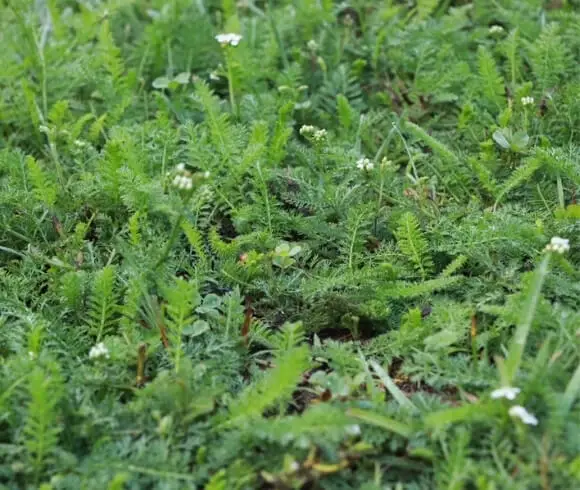
Ignore any of these and you may be inviting reduced fruition, disease, and even death of the plant.
Researching and reading the plant tags and understanding the seed packets information that is provided, will place you on the right path for a great harvest no matter what you’re planting.
GARDENING MISTAKE #4 – IGNORING MAINTENANCE TASKS
General maintenance chores need to be done on a regular basis. Ignore the general maintenance of regular watering, feeding, and yes, weeding, can and will result in poor garden production.
Without regular timing of each (water, fertilizer, pulling weeds) the plants will stress & fight for their fair share of nutrients and water right alongside the weeds. Not a good scenario for a thriving garden for sure.
These general guidelines may help.
WATERING THE GARDEN
Often many can be overzealous in their watering habits thinking more is better, right? Nope. Not in the least.
Plants (mostly) don’t like their feet (roots) to remain immersed in water and wet. They need to breathe. Overwatering can lead to root rot, fungus issues, and shallow root systems.
Mimicking nature in the length of time it rains can give you an idea of how to approach watering your garden. Typically, rain is not just a drop or two every day. When it rains, normally it gives a good soaking over a period of time. Deeply soaking 1-3 times a week (depending on your location, how hot & dry it is, and how much rain you are receiving) is a good guideline to start.
Consideration for the “when” or what time of day to water should also be looked at. The best time to water is first thing in the morning. Why? This way the sun can take care of any excess moisture left on leaves (reducing sun scorch) and allow a bit of drying out of the root system (reducing the risk of fungus development).
COMPOST VS MANURE
When it comes to feeding or fertilizing, knowing the difference between compost and manure is a great start to understanding the needs of your garden.
After all, both contain nutrients, but plants can be finicky in what they eat 😉 So what’s the difference between the two?
- COMPOST – Compost is organic matter that has been broken down. Think brown matter (leaves, twigs), grass clippings, and veggie scraps. Overworked and tired soil will benefit from the addition of compost
- MANURE – Manure (animal waste) creates fertilizer. This fertilizer, when properly aged, provides nitrogen for the soil. When you test your garden if it’s showing low in nitrogen, the addition of manure will correct this imbalance
GARDENING MISTAKE #5 – NOT CONSIDERING WILDLIFE
Understanding what wildlife exposure you may be presented with in your garden area can save a LOT of aggravation. There may be nothing as frustrating as feeding the wildlife when it’s your intent to feed your family from that harvest.
Knowing which wildlife is in your area, yes, even those residing in cities and urban areas will have to deal with squirrels, chipmunks, and even rabbits, will allow you to plan accordingly. Even those small animals can and will decimate your garden in a heart beat.
Planting varieties that are not particularly desirable to certain wildlife may also be a consideration. Why plant tulips when you are visited often by squirrels who will readily feast on them? Instead consider daffodils are they are toxic to squirrels. Or why plant hosta when deer is an issue? Consider plants that deer dislike such as daffodil, foxglove, and even some strongly scented herbs.
Often simple fencing is not enough to keep the critters from having a feast. Learning which wildlife you are needing to deter will help you determine the best line of defense.
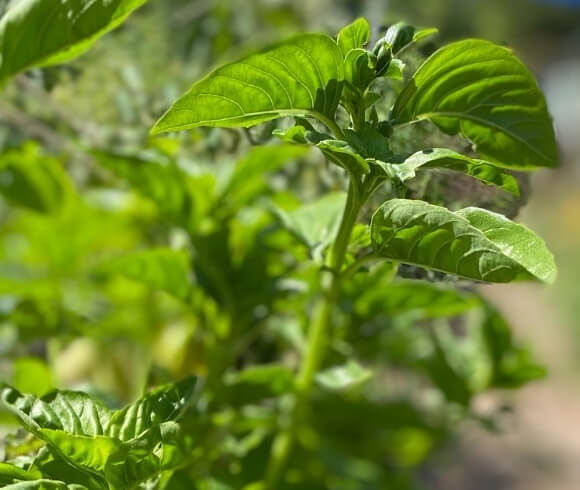
GARDENING MISTAKE #6 – BITING OFF MORE THAN YOU CAN CHEW
Often new gardeners look at the images flooding the internet of garden areas that are established. Established for years. Ones that are lush, full, and seem to go on forever.
Gardening is time consuming, physically taxing, and can be overwhelming. Especially if you overestimate how much you can truly handle.
There is something to be said about starting small and working up to larger gardening spaces over the course of a few years. Create something manageable & realistic for you and your needs.
It can mean the difference between feeling discouraged and giving up or developing a deep love for gardening.
GARDENING MISTAKE #7 – NOT JOURNALING
This may seem silly to some, but over the year’s it has become apparent to me that by not keeping thorough gardening records, or journals, how can you assess and know what your garden need’s year-to-year are?
Trust me, there was a time I thought, “oh, I’ll remember that” because I didn’t want to take a moment and record that notation. Come next year? Do you think I remembered it? Nope.
Your gardening journal doesn’t have to be a thousand page homage to your garden. Keep it simple. I created a beautiful gardening management planner that suits me perfectly and can be easily adjusted to any type of garden you may be growing.
This 24 page (plus gorgeous cover sheet) will have all you need to create a gardening management binder. Grab your copy by clicking the image below.
These garden printables make it easy to track all your garden needs, but no matter what you choose to use, keep records.
GARDENING MISTAKE #8 – NOT BEGINNING
How many times have I heard, “I can’t grow anything” or “I have a brown thumb”. Hogwash. Anyone can grow anything by following a few general guidelines. You’ll never know if you don’t begin.
It doesn’t have to be elaborate. Start small. It may be a container on your windowsill, balcony, or your deck. Plant it, maintain it properly, and voila! You’ve grown something 🙂
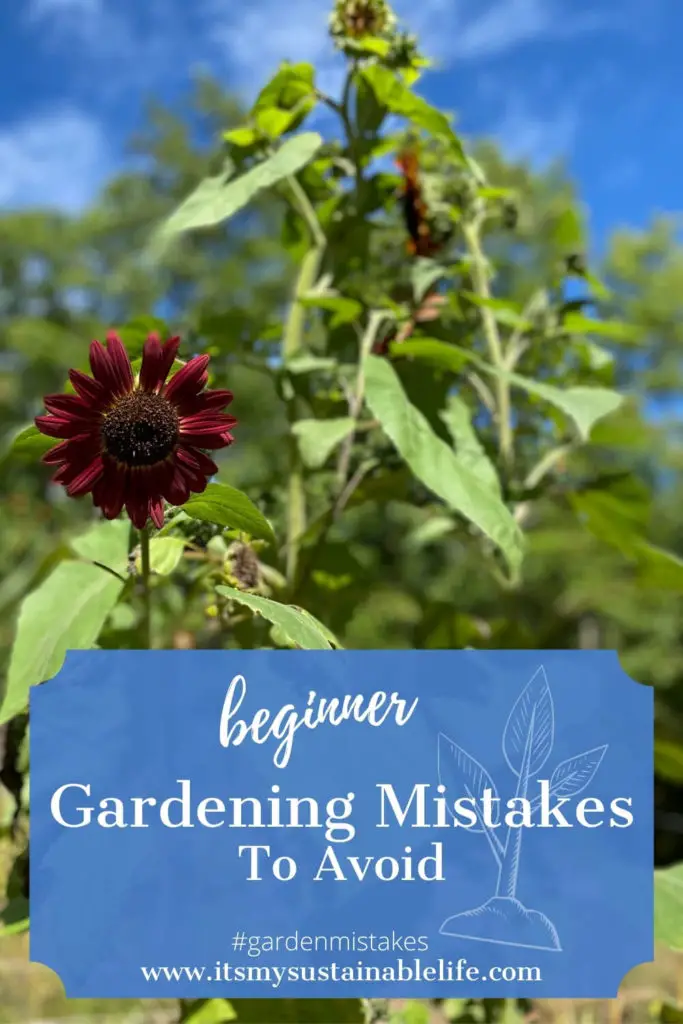
Get the kids involved. Have a planting party, teach about the importance of growing a greener world. Get them involved in planting, maintaining, and harvesting their “garden”.
Learning to grow something is simple when small steps are taken. Yes, there will be epic failures. Nature, weather and other unpredicatable and uncontrollable events happen to the best of us.
Being resilient, not giving up, and learning from your mistakes is what it takes to garden. Didn’t grow successfully this season? The good news is there is always another growing season in the near future 😉
What are you growing this year?
Love, Light, & Happy Growing ~

- How To Sanitize Seed Trays
- How Often To Water Tomato Plants
- Winter Sowing In Milk Jugs
- How To Appliqué
- What Food Group Are Eggs In
This article was shared at the Homestead Blog Hop!

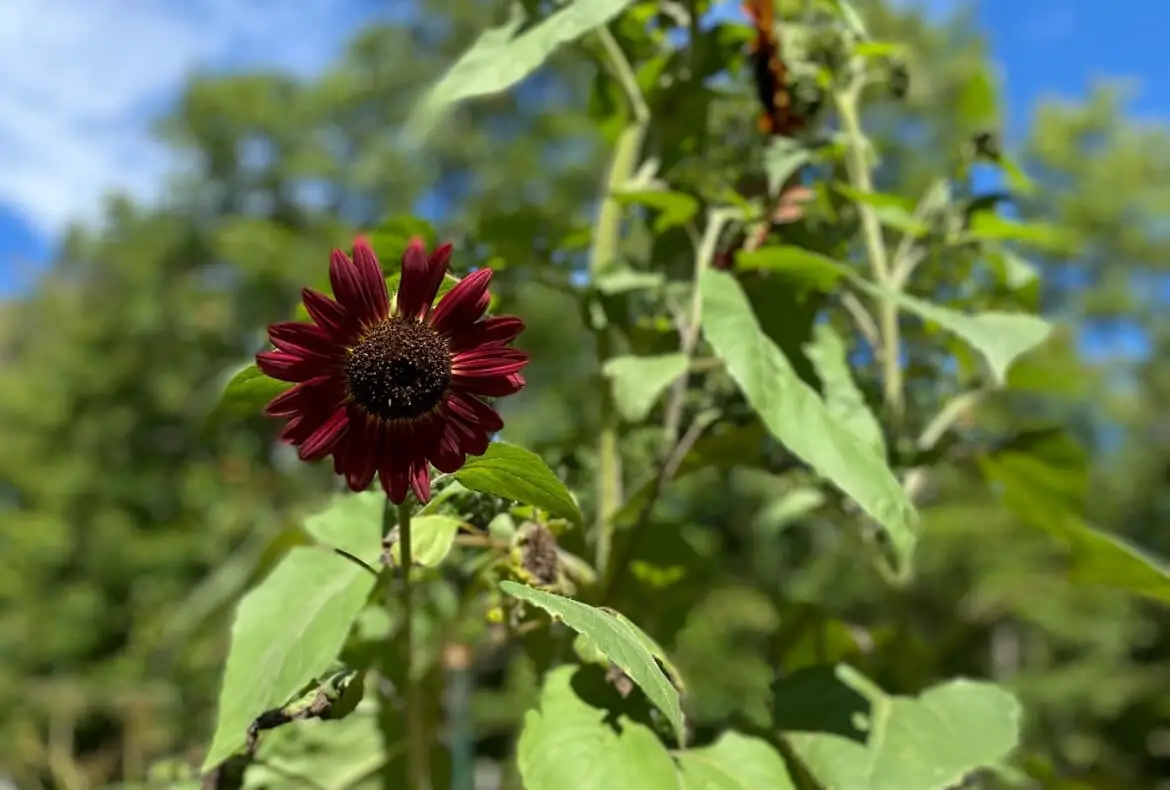

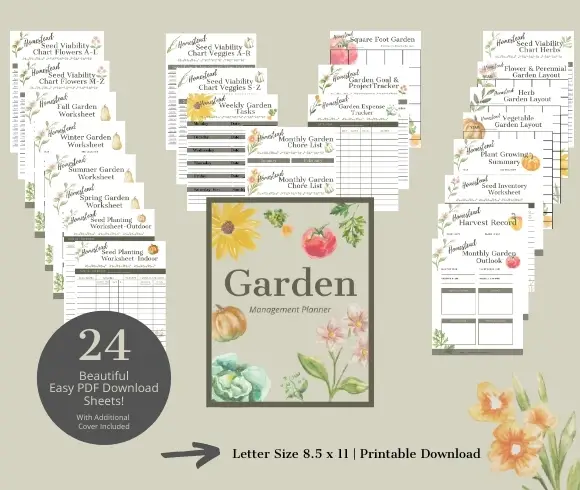
42 comments
What a great and informative post! Thank you for sharing these! We are just starting our first large organic garden, and I’m going to read through this with my hubby later 🙂 Our life IS our little farm, and we are really digging in this year!
Such sound advise… I am notorious for OVER watering! I’m determined to be more conscience of it this year. You are absolutely right with the need for journaling too! We normally don’t think of that when just starting out, but it could be such a valuable asset for not just THIS year but for next year as well…your printable one is gorgeous!
Thank you, Emily, for your kind words and for reading!
I’m not a gardener….at all! When I saw your blog title, I laughed because I wanted to see how many mistakes I am making and, sure enough, most of them. I live in an apartment, but I have a nice size balcony that I JAM with plants every year because I love seeing them on my deck. Having said that, I know that they don’t grow as they are supposed to as my planting is chaotic, and my soil is not great (probably not enough nutrients). Anyway, reading your article made me want to take more care this year and really plan things out. On a positive note, because I look at the deck daily, they get lots of water! 🙂
This made me chuckle, Denise! We’ve all been there. The learning curve is real 🙂
Such a great and informative post. This is my first year planting from seeds and working a large garden and these tips are so helpful. I need you to be my gardening mentor!
If you haven’t already, Kimberly, be sure to join our Organically Rooted Garden Group on FB and you can have a LOT of mentors 🙂
An informative post for gardeners as I’m assuming most of us don’t listen to the Masters of gardening before planting a garden or even flowers!
I read your latest post above, joined the Organically Rooted Garden Club!
Welcome to the group! I look forward to seeing you there!
So many good tips. I’ve got my seeds started. I think your #6 tip is my biggest issue. Always doing too much.
Last year was my first garden and reading your post hit the nail on the head. Two mistakes I made was making my garden too big to start and I intended to keep a garden journal but never got around to it. This year, I will be much better prepared. Thank you for sharing.
These are great tips. I love having a garden, but I never plan it out quite right and things don’t work like I want them to. I’m going to have to read and reread this.
Perfect tips for this season!
These are great tips! As a young, beginning gardener, I certainly learned through trial and error.
Wonderful, timely and helpful tips. First time I am learning about gardening journal.Thank you, for sharing 🙂
Suzan, this is such a wonderful post, full of information and encouragement to help anyone get their garden off to a good start! I’m so glad you shared it at the Hearth and Soul Link Party. I’ve pinned this post and I’m featuring it at the party this week. Hope to ‘see’ you there! Take care, and I wish you a wonderful week!
Soil is always my downfall – I know it’s not good and have to work on getting that improved first!
Great information! We only have a small garden right now, but in our old house, we used to do so much more. Definitely some good pointers here!
Excellent, thorough tips – they would’ve worked where I used to live, in Ohio. New Mexico is an entirely different place to garden.
Full sun here would kill nearly anything but cacti and green chile. We need 40% shade for tomatoes. The biggest consideration here is soil amendments. And, there’s no way you can overwater anything here. Like almost anything else, the particular situation is all-important.
Your gardening group is great!
Yes, it is all dependent on gardening zone and weather conditions for sure. There are always “exceptions” to every rule. I’m happy to have you a part of the gardening group! Welcome!!
I would imagine the gardening journal would make things so much easier.
Soil is a big one for me. I need to fix even some of the soil in my indoor plants for that very reason. Thanks for these tips 😊
These are some great tips! Luckily my mom stopped me from planting my garden where I originally planned to put it. I have black walnut trees in my yard, so ended up moving the garden and making it raised so I could have safe soil.
We have a big wildlife problem. I had a nice garden at my other house but I haven’t planted one recently because there are so many deer that live in our backyard.
What wonderful advice! I have never considered garden journaling, but for the number of garden failures I’ve had, this is something I definitely want to look into!
I finally had to fence in my garden this year – the deer and the woodchuck got more produce than I did! But I agree the number one thing to consider is location, location, location.
I always learn so much here. We’ve struggled with putting plants in the appropriate sunlight areas for a long time. Thank you for all the wonderful help
These are great tips and items to consider if you want success in your plantings!
For a very long time, I have wanted an herb garden. I’m thinking that I want to smart small in containers. You’ve given me some additional important considerations that I hadn’t thought about. Thank you for this valuable information.
I love these “what not to dos”. Such great information. I am looking forward to my garden this year. I am going to try a few different plants.
My husband and I have many discussions around placement. He is not a gardener so it can be frustrating but with such a small space we need to be really mindful.
Great article Suzan. I have enjoyed your gardening group also. I love the information on location and soil! Great topic!
So happy you were able to join us! Feel free to invite as many gardening friends as you like 😉
What great tips! I especially love #7, since journaling is one of my favorite pastimes. 🙂
It was “not beginning” for me. These are really great eye openers. I intend to plant a garden this spring. Will definitely be checking back in for more.
Saving this post and I joined your group! I’m a beginner gardener and you have so much helpful information on this site! I’m loving it!
Welcome to the group! I look forward to interacting with you there as well 🙂
Such valuable points! There is so much more to gardening than buying a trowel and a packet of seeds! <3
Good advice! I think testing the soil is actually fun! Haha
Very informative. My husband has been gardening for over fifty years but I think I learned a few things from your article.
Great tips! I’m a total garden newbie, so I really need to remember these tips so I don’t fail and give up!!
I’ve always wanted to start a garden. I love your mistakes to avoid step by step layout.